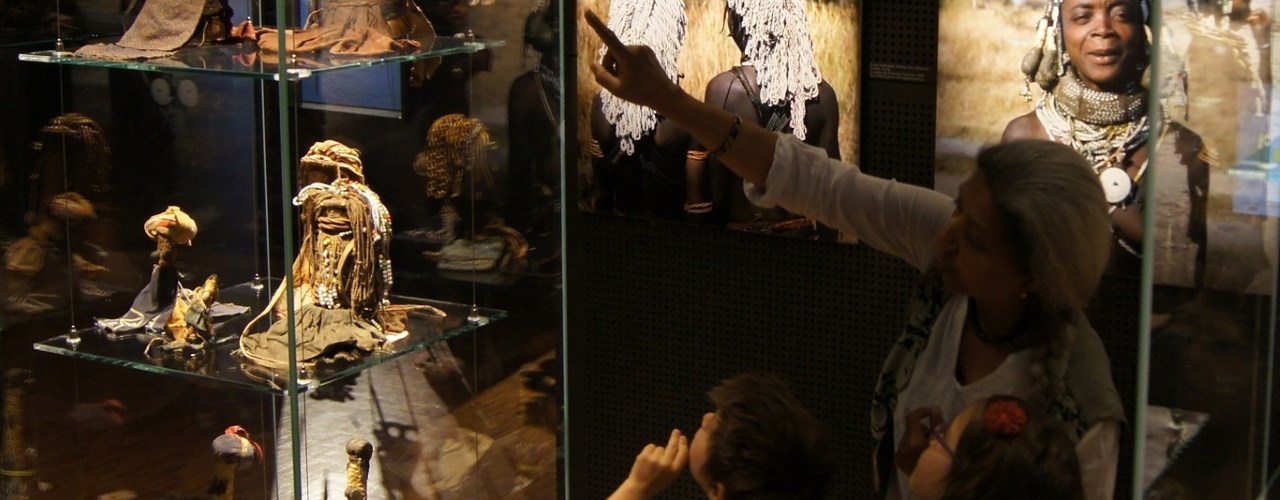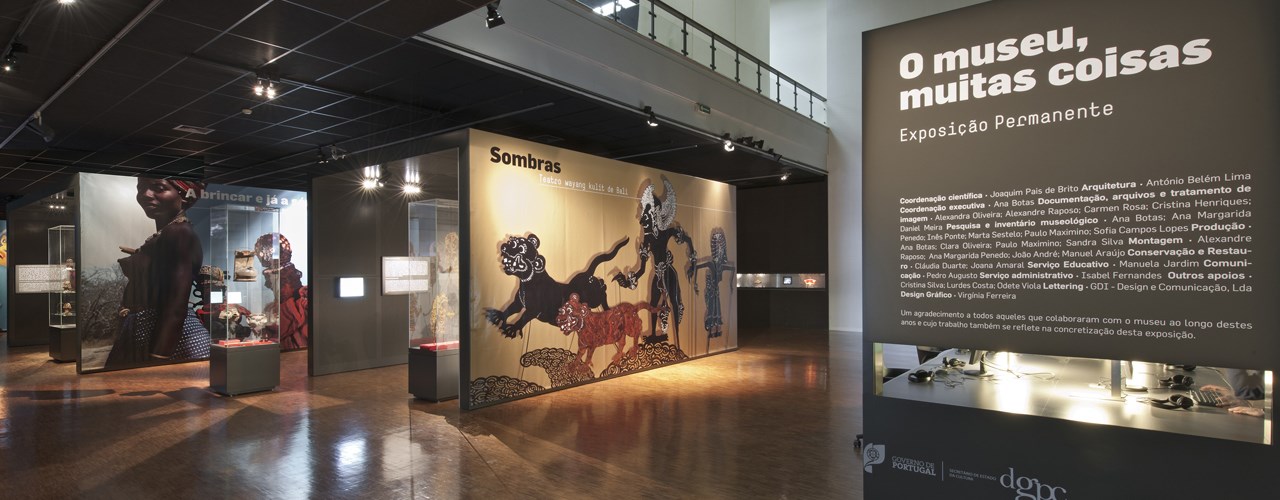The intention to create a National Museum of Ethnology came after an exhibition in 1959, which showcased the result of several research works carried out in Mozambique by the Centre of Ethnology Studies.
The museum space was created in 1965 with the aim of representing cultures around the globe, therefore not only restricted to Portugal and the overseas dominions (which were still under its administration).
The building where the National Museum of Ethnology is currently housed was designed by architect António Saragga Seabra, and inaugurated in 1976.
Later, the building was enlarged, and several other support areas were created: library / media library, two exhibition areas (where the the Rural Life and Amazon galleries were opened in 2000 and 2006, respectively) and the surrounding garden.
The museum has seven rotating exhibitions: the Bali shadow theatre; the southwestern Angola dolls; the Cabinda pot lids with sayings; the Mali masks and puppets; the popular Portuguese musical instruments; the Rio de Onor splints (dedicated to an object) and the Franklim sculpture (dedicated to an author).
The National Museum of Ethnology is an original museum that aims at diversity instead of a permanent exhibition. It has four venues where events can be held, namely an auditorium, two seminar rooms and an interior garden, suitable for outdoor activities or cocktails.
Co-financed by:

Região de Lisboa
Lisboa
Facilities & Services
General Description
Contacts
Map
Areas totallly and partiallly accessible. The museum has some facilities for people with reduced mobility or disabilities.
Cafeteria;
Catering;
Cocktails, cultural events, special events (ex: social or academic).
Please check directly with the venue what are the rooms/ spaces where it is permitted to perform each one of this kind of events.
Auditorium (160 seats);
North seminar room (25 seats);
South seminar room (25 seats);
Indoor garden (100 seats);
Outdoor spaces;
596 sqm
Depending on the event and the number of people participating, the need for security reinforcement will be assessed, the costs of which will be added to the rental value. There may be some limitations on the time and restriction of the rental at weekends.
160
Avenida da Ilha da Madeira 1400-203 Lisboa
DGPC/
Tuesdays from 2pm to 6pm. Wednesdays to Sundays from 10am to 6pm.
Joaquim Pais de Brito

Top





